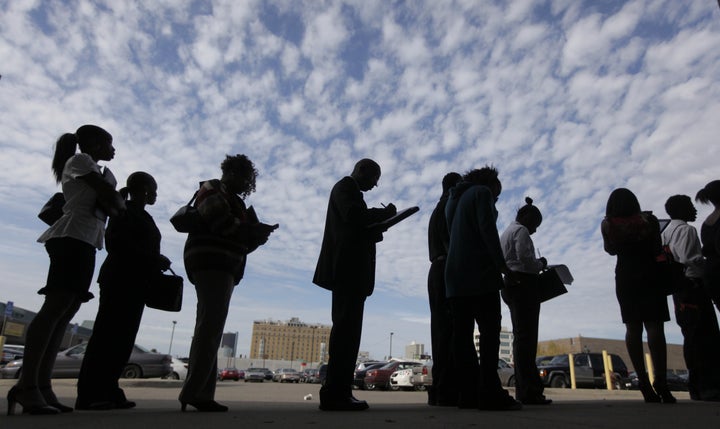
I often wonder, of late, if we really know how much it costs to shoe a horse. I refer to the old high school mathematics riddle of the man who goes to a blacksmith to get his horse shod and asks how much. "Not very much," replies the blacksmith, "One penny for the first nail, double for the second, double that for the third, and so on." The tickler, of course, is that while it doesn't sound like much, the total comes to more money than in the whole town, more than in the whole state. The example dramatically shows the law of exponential growth -- the law of large numbers.
One new challenge to American public policy must be to look at the issue of the growth and environment with new eyes. Our globe is under new dramatic environmental pressure: our globe is warming, our ice caps melting, our glaciers receding, our coral is dying, our soils are eroding, our water tables falling, our fisheries are being depleted, our remaining rainforests shrinking. Something is very, very wrong with our eco-system. The environment issue is hydra-headed and complicated, but it is of immense importance that we understand how fast the world is changing. We are seeing a decade of 1970s-type change every year, and it is accelerating.
The geometry of change is relentless. Population and environmental stress are compounding. The first census (in 1790) found less than 4 million Europeans in America. Two-hundred years later (in 1990) we had approximately 260 million Americans. That means we had six doublings of the original European population (4, 8, 16, 32, 64, 128, 256). Please note that two more doublings give us over a billion people sharing America. Projected to happen in the lives of our grandchildren. Why?
The same geometry applies to our standard of living. Our growth model of living standards cannot be duplicated around the world nor could/should it blindly be continued here. If we would have the entire world with an American standard of living, the world would have to find over 1600 times the energy and resources that the world now consumes. The growth model is not sustainable. We need some new models of living, some new visions of lifestyles and goals of humans.
There are a number of people who postulate that our current population of 300 million Americans is not itself sustainable, let alone 420 million (2050) or a billion (2100). Sustainability looks at the long term: Will our resources allow 300 million Americans to live a satisfying life at a reasonable standard of living? Will our children inherit a livable America?
We have not only put this question off limits, we have made it taboo! The population growth issue in America is a matter of immigration. With our natural birthrate we will stabilize the population of the U.S., with current levels of mass immigration we will double and double again. Sustainability requires us to confront the painful issues of immigration and consumption. Difficult issues intellectually, and almost impossible politically.
What possible public policy advantage would there be to an America of 500 million? Do we lack for people? Do we have too much open space? Do we have too much parkland and recreation? What will 500 million Americans mean to our environment? There are similar non-environmental questions. Do we need a larger military? Are our schools unpopulated? Do we not have enough diversity? Will we live better lives if our cities double in size? Does immigration help our health care system? Will doubling our population help us build a more fair and just America? Do you want an America of one billion people? These questions seem to answer themselves.
I do not believe you can have infinite population or economic growth in a finite world. We are living on the shoulders of some awesome geometric curves. The 2000 Census revealed how rapidly immigration is causing our population to skyrocket. The equivalent of another California has been added to the nation -- 34 million people since 1990. Demographers calculate that immigration is now the determining factor in causing America's rapid population growth -- immigrants and their U.S.-born children accounted for more than two-thirds of population growth in the last decade, and will continue to account for approximately two-thirds of future growth.
Humankind has been a brilliant problem-solving animal, but has been a failure at anticipatory planning. Schweitzer warned, "we have lost the ability to foresee and forestall, we shall end by destroying the earth." We shall have to recognize, sooner or later, how fast change is taking place today and what an obligation of foresight that poses to decision makers. We are awash with change, and need people to recognize exponential growth; to recognize how much it really costs to shoe a horse.